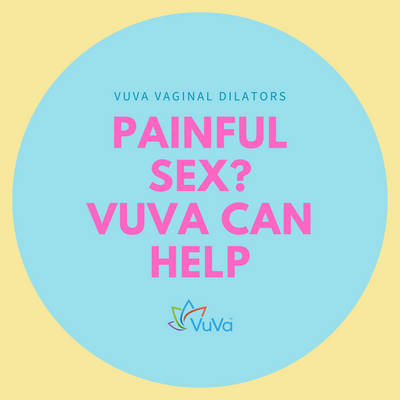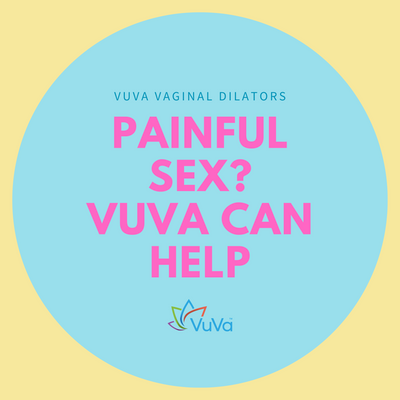
| Caroline Knight
Safe Vaginal Stenosis Treatments Available by VuVatech
Vaginal stenosis is the name for the shortening and/or narrowing of the birth canal. Vaginal stenosis sufferers may find that scar tissue forms in the vagina, which might also dry out and lose flexibility and elasticity. Women with vaginal stenosis symptoms often find it very difficult to function normally, especially during sex or gynecological exams. This can be incredibly challenging, of course, but fortunately there are vaginal stenosis treatments available to women who are dealing with such difficulties.
One of the most common causes of vaginal stenosis is the impact of radiation in the pelvic area, usually as a treatment for cancers of the bladder, rectum, cervix, uterus, or lymph glands. For instance, it can be caused by external beam therapy (EBRT), pelvic radiation therapy (RT), or brachytherapy (internal implants). Any woman who has received a treatment like this could develop vaginal stenosis later; in fact, it is common enough to affect around one third of radiation patients.
Other possible reasons for developing vaginal stenosis are genital surgery, an episiotomy (incision to the perineum) or congenital adrenal hyperplasia (although rare). Whatever the cause, you’ll undoubtedly be looking for a solution, so lets take a look at the vaginal stenosis treatments available to you:
Vaginal stenosis treatment
Vaginal dilators
Vaginal dilators are one of the most common and effective of the vaginal stenosis treatments. When a woman’s birth canal narrows or shortens, vaginal dilators are the perfect tool for returning it to its usual size and shape, or at least a functional size and shape. These amazing little tools work by stretching out the scar tissue (fibrosis) that has formed in the vagina. They can also relax the muscles and ligaments.
Dilators are made from smooth plastic or silicone and are shaped like a cylinder. They come in different sizes (from 3” to 6” in length, and varying widths) so you can start out with smaller ones and progress toward the larger ones over time. At VuvaTech we offer dilators with Neodymium magnets, which help blood flow to circulate in the vagina and calm sensitive nerves.
If you have had invasive cancer treatment, it is better to allow 2 to 3 weeks to pass after your treatment; you may then start practicing with dilators. We recommend using a dilator three times every week to keep the vagina open, but those who are having regular sex may need to use them less (e.g. once per week). You may find it easiest to leave one inserted while you’re sleeping. Unfortunately, as scarring may continue to form after radiation treatment, you may need to keep using dilators ongoing for maintenance.
Water-based lubricants
Another common vaginal stenosis symptom is dryness, thanks to the estrogen decline you’ll be experiencing. This is especially problematic if you wish to enjoy a normal sex life. You can easily treat this symptom with a natural, water-based personal lubricant. In fact, you can apply that any time you feel dry and irritated.
Finally, any woman suffering from vaginal stenosis will need to pay extra attention to personal hygiene, since it’s quite common for discharge to be a symptom. This really just means changing underwear regularly and cleansing often with gentle, chemical-free products. We hope you have found these suggestions on vaginal stenosis treatments helpful, and we’ll be happy to answer any questions you may have about the products mentioned, so drop us a line if we can help in any way!
Other VuVa Helpful Links:
7 Reasons for a Tight Vagina and How to Loosen
How to Relax Vaginal Muscles, Vaginismus & Sex
Vaginal Stretching - Keeping in Shape with Dilators
Do Dilators Really Work? Yes, and They can Improve Your Sex Life!
















